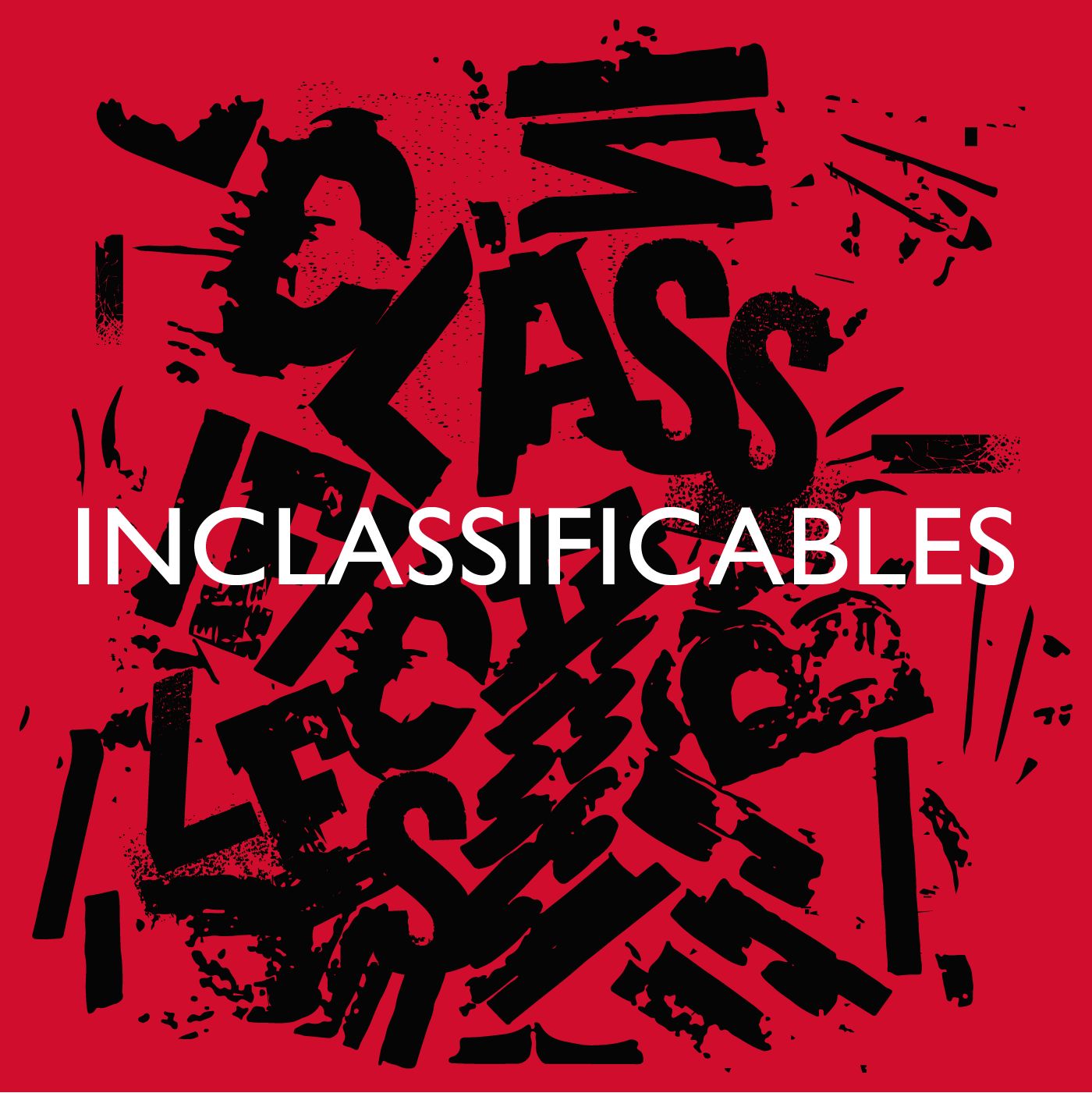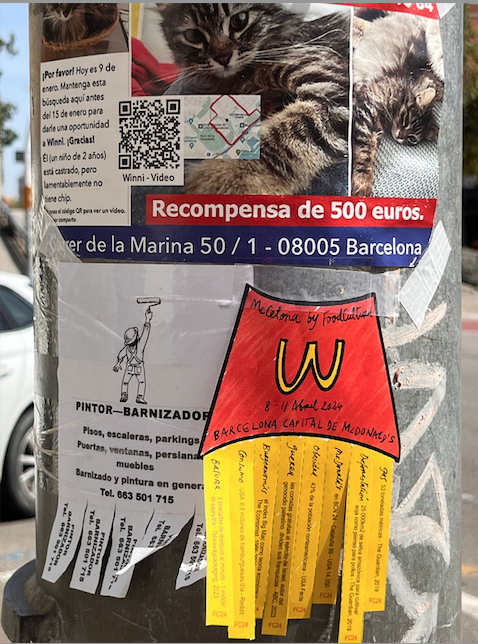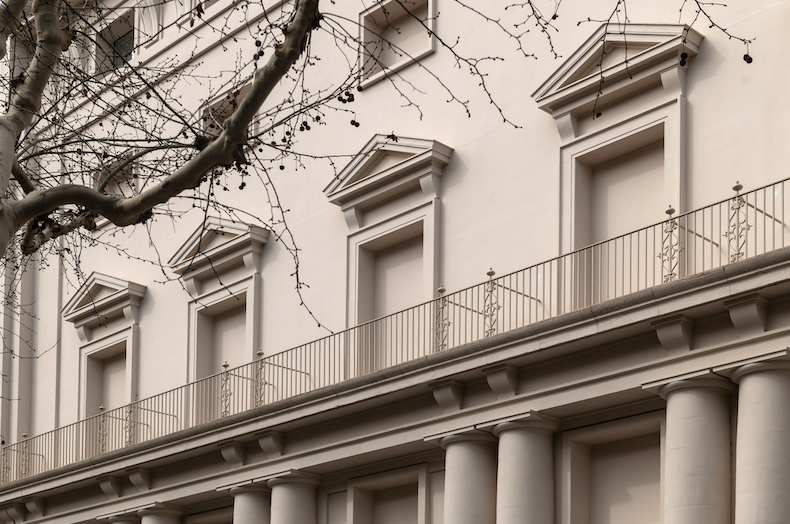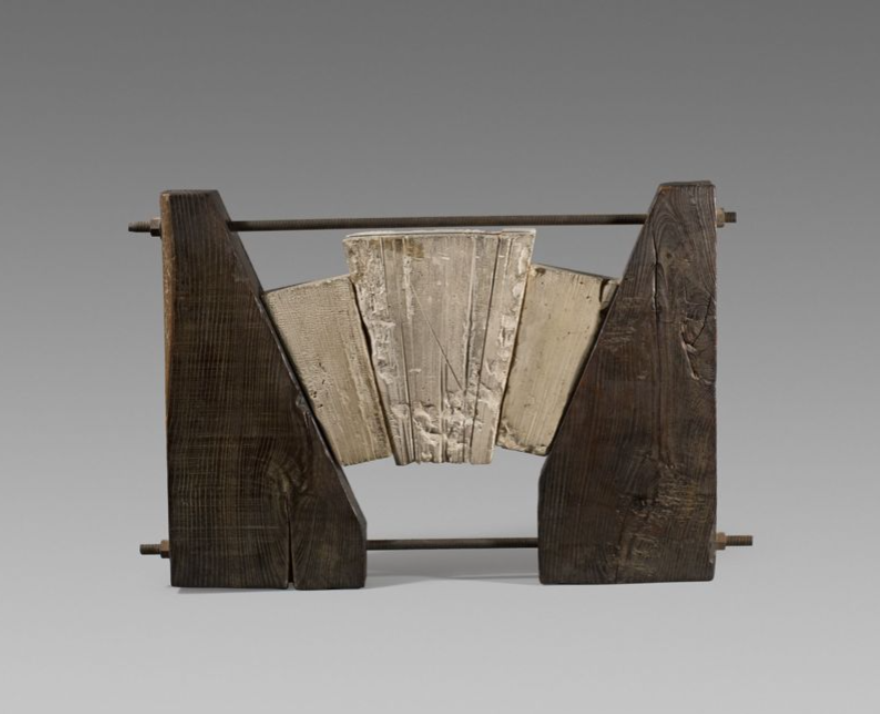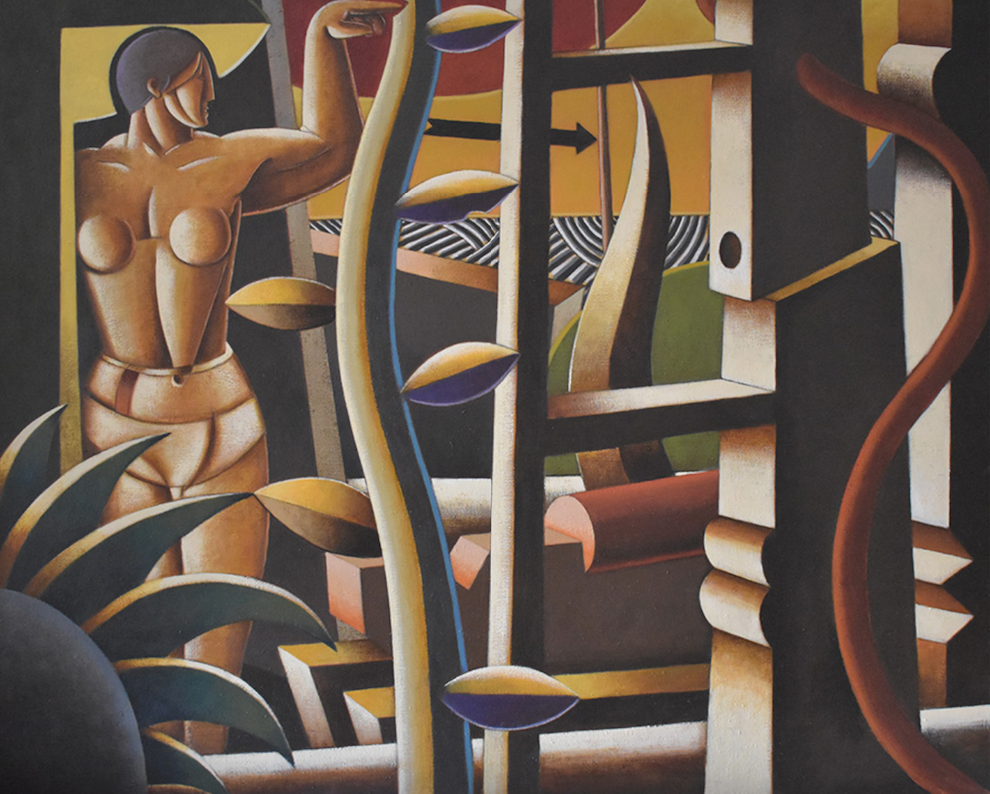interviews
Hedwig Fijen: "What can you do to fight the climate crisis?"
The director of Manifesta 15 emphasizes the importance of decentralizing cultural institutions in Barcelona and creating alternative spaces outside the city center, connecting different neighborhoods and metropolitan areas.
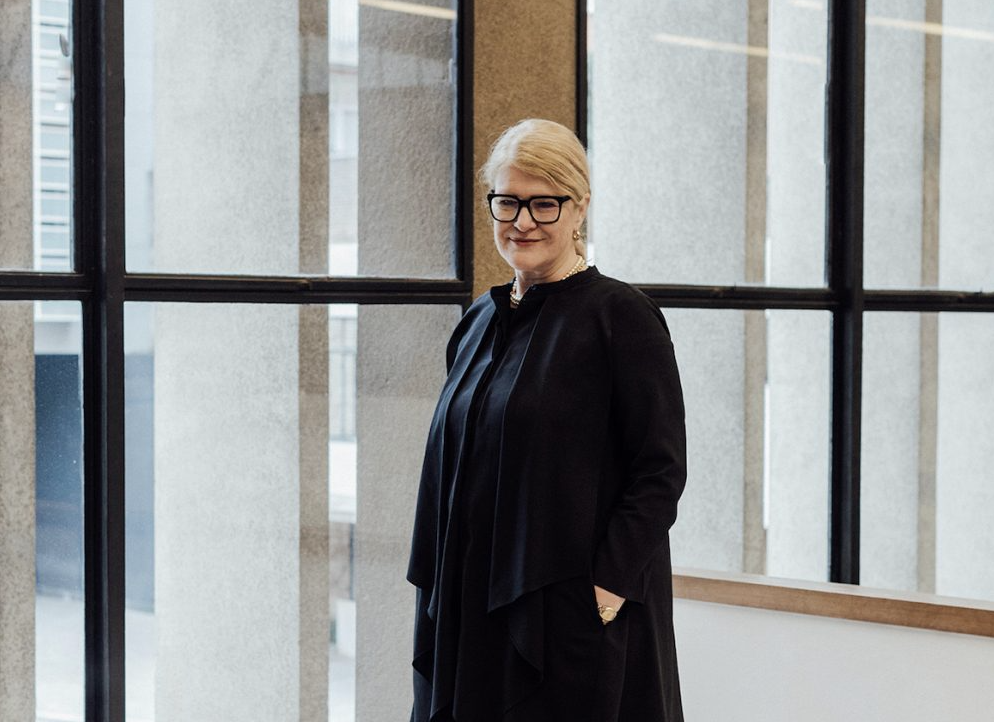
The nomadic biennial Manifesta 15 arrives for the first time from September 8 to November 24 in the metropolitan area of Barcelona. This initiative uses contemporary art as a means to address challenges related to the climate crisis such as reducing the carbon footprint, while reflecting on social and environmental dynamics. In addition, it also incorporates anti-colonial, feminist and transgenerational proposals, and places a strong emphasis on progressive pedagogical movements. It will take place in 12 cities, Badalona, Barcelona, Cornellà, El Prat, Granollers, l'Hospitalet, Mataró, Sabadell, Sant Adrià, Sant Cugat, Santa Coloma de Gramenet and Terrassa.
How can Manifesta 15 encourage the active participation of young people in the constant dialogue about art, culture and society in Barcelona?
Basically, in three aspects. We are not only working with creators, but also with citizens to participate in citizen assemblies. We organize many guided tours so that they have mediators and, in addition, there are many activities focused on schools, but also on exploring; the artworks are accessible to young people. They are not boring activities. We are looking at creating a bike lane on the Corredor del Litoral, which runs from the Besòs River to the Llobregat River, to ensure that young people can join and reconnect with the coast by bike.
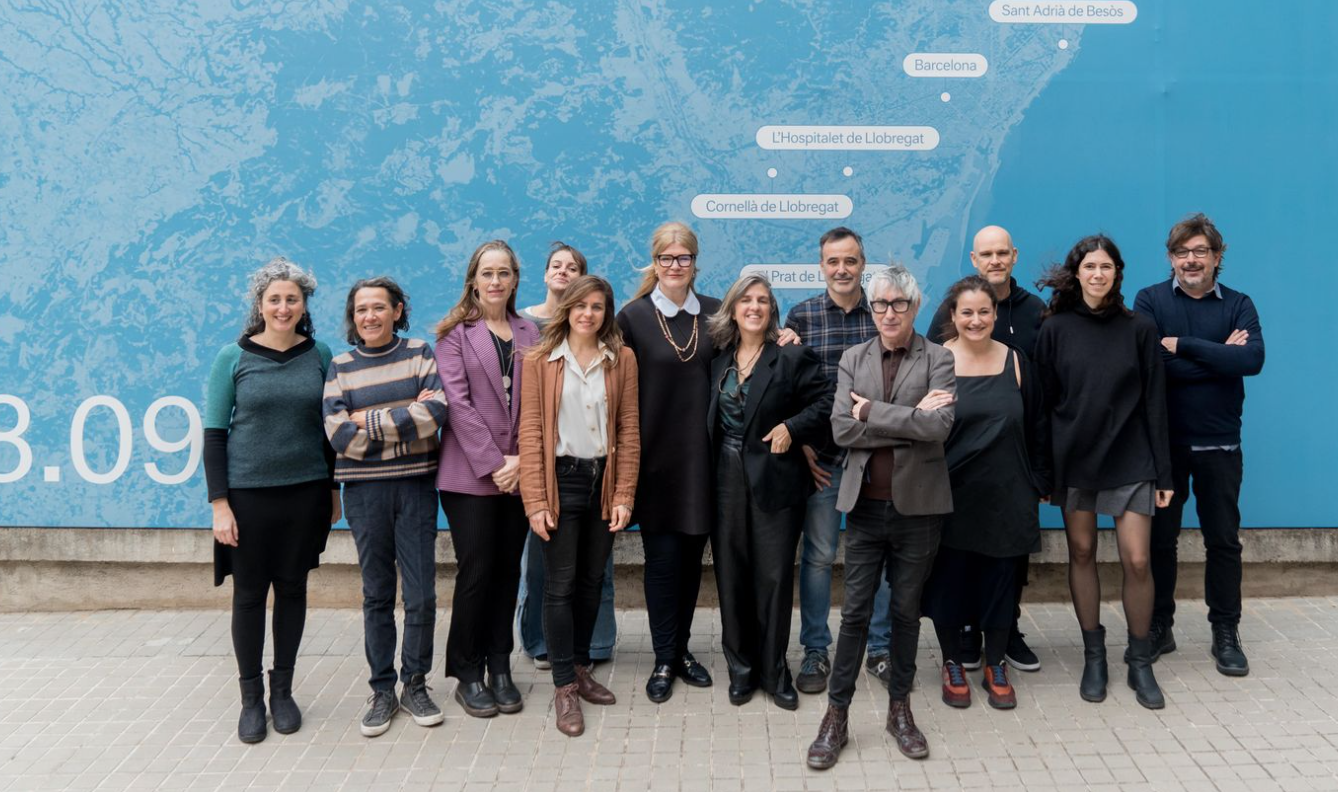 Equip tècnic de Manifesta 15
Equip tècnic de Manifesta 15
What message do you have for those in Barcelona who do not usually participate in cultural events, but could find value in the Manifesta 15 proposal?
I would like to answer with another question; What can you do yourself to fight the climate crisis? Maybe the inspiration can come from the artist, so if you want to do something, how could that work?
What is the role of art and culture in promoting socio-ecological change in Europe, according to Manifesta 15's vision?
Art is only one part, there is also history, libraries, architecture, education, ecological issues... it has very high standards, it is represented; 53% of the participants are from Catalonia or Spain. The aim is to address most of the problems of climate change, which are so negative and people are afraid of it, creating a positive narrative and presenting Manifesta in impressive places such as Casa Gomis, the monastery of Sant Cugat les Tres Xemeneies in Badalona. .. these places are part of the narrative we want to tell. The question itself is how to create an alternative narrative.
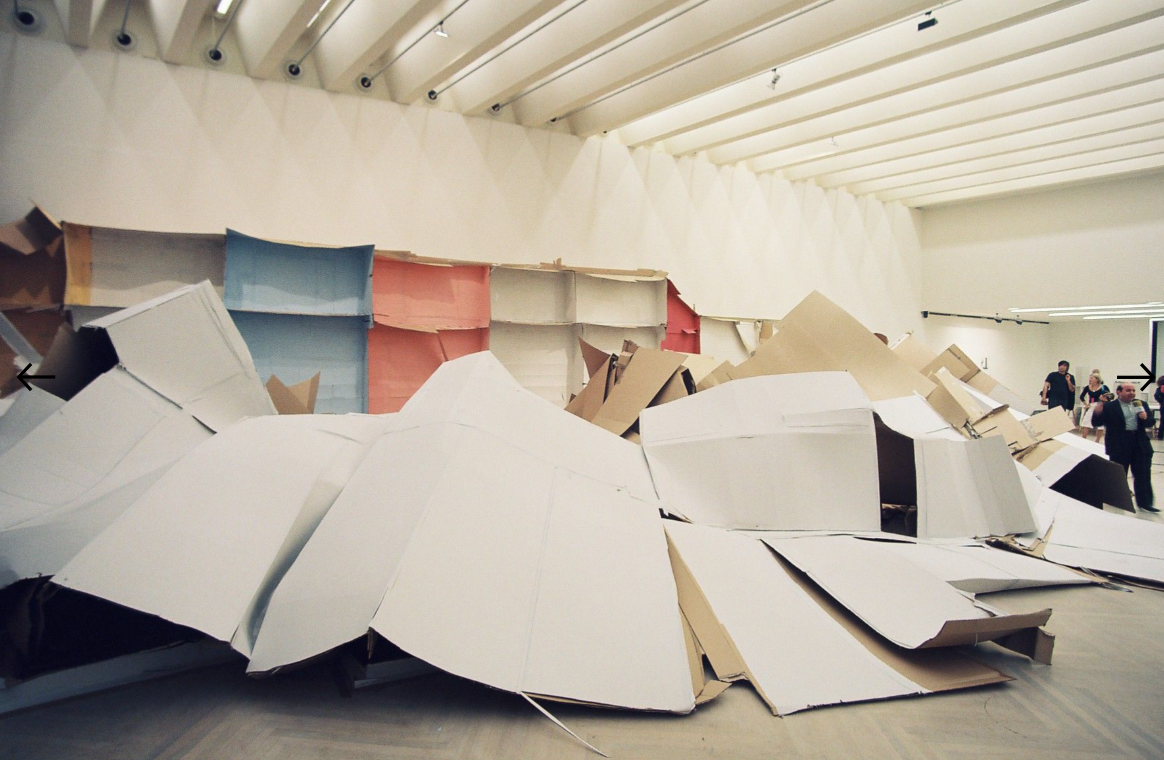 Carlos Bunga. Instal·lació a Kubo Kutxa Kursaal
Carlos Bunga. Instal·lació a Kubo Kutxa Kursaal
How does Manifesta 15 compare to previous editions?
We recognize the production, not just the execution of an exhibition. We have worked for two and a half years with collectives that investigate what are the problems of climate change, what will happen to animals, what kind of conflicts we need to address in Barcelona, and it is not just about art... what can we do same to open more green spaces?
How is it expected that Manifesta 15 in Barcelona will bring new perspectives and dynamics to the artistic and cultural panorama of the city and its metropolitan area?
Most of the cultural institutions are in the center, where most of the tourists live, so we want to find out how we can create an alternative system of cultural spaces outside the center that can be connected. We have created a new structure of doors that will go from one city to another to show Catalans that you can also do a lot outside the center of Barcelona, in cities such as Badalona, Cornellà de Llobregat, El Prat del Llobregat, L'Hospitalet de Llobregat, Granollers, Mataró, Sabadell, Sant Cugat del Vallès, Santa Coloma de Gramanet, Terrassa and Sant Adrià de Besòs.




